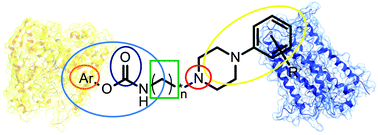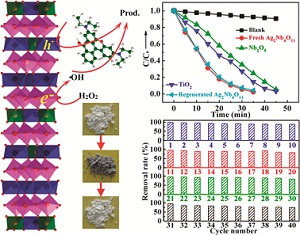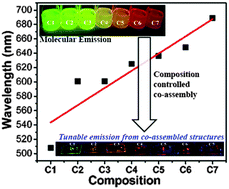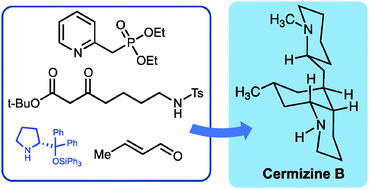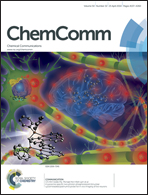Graphene nanoribbons (GNRs) are ultra-thin strips of graphene which exhibit technologically relevant optical, electronic and magnetic properties. How well these properties can be defined, understood and exploited depends on how precisely these ‘GNRs’ can be prepared. Top-down approaches to realise these materials from, for example, graphite, graphene or carbon nanotubes have been developed over recent years. However, the resultant materials are typically non-uniform, being wide, (relatively speaking) with a large amount of disorder.
In this ChemComm communication, Alexander Sinitskii and co-workers from the University of Nebraska and collaborators from the University of Puerto Rico report an elegant, controlled, bottom-up solution synthesis of well defined nitrogen doped graphene nano-ribbons. Though the materials produced are extremely insoluble, they have been extensively characterised via a range of surface analytical techniques.
The synthesis itself centres around the 3 step preparation of a multi-aryl containing dibromo pyrimidine monomer which is polymerised via a Yamamoto coupling using a nickel catalyst. The desired graphene structure is delivered via a cyclodehydrogenation Scholl reaction using ferric chloride. The molecular control from this route yields a very well defined structure. The only disorder introduced is a symmetrical one due to alternate possible sites for the four constituent nitrogen atoms present in each unit cell.

Synthetic route to well defined nitrogen doped graphene nanoribbons (4N-GNRs)
The 4N-GNR materials were deposited on a variety of supports to enable microscopic and surface analytics such as AFM, STM, TEM, XPS, EDX and Raman spectroscopy. The materials were observed to take on a ‘nanobelt’ conformation on deposition from sonicated dispersions. Particularly striking is the improvement in the fine structure reported in the Raman spectra, compared with typical signals for less well defined carbon materials, confirming the structural quality of the 4N-GNRs produced.
This communication will doubtless prove important to the development of sustainable synthetic routes to well defined graphene nanoribbons, enabling further study of the fascinating properties of these exciting new materials.
Read this RSC Chemical Communication today – access is free* for a limited time only!
Bottom-up solution synthesis of narrow nitrgoen-doped graphene nanoribbons
Chem. Commun., 2014,50, 4172-4174
DOI: 10.1039/C4CC00885E
*Access is free untill the 19th May through a registered RSC account – click here to register
Comments Off on Appetite for Conformity: Precise Graphene Nanoribbons











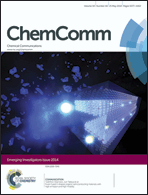
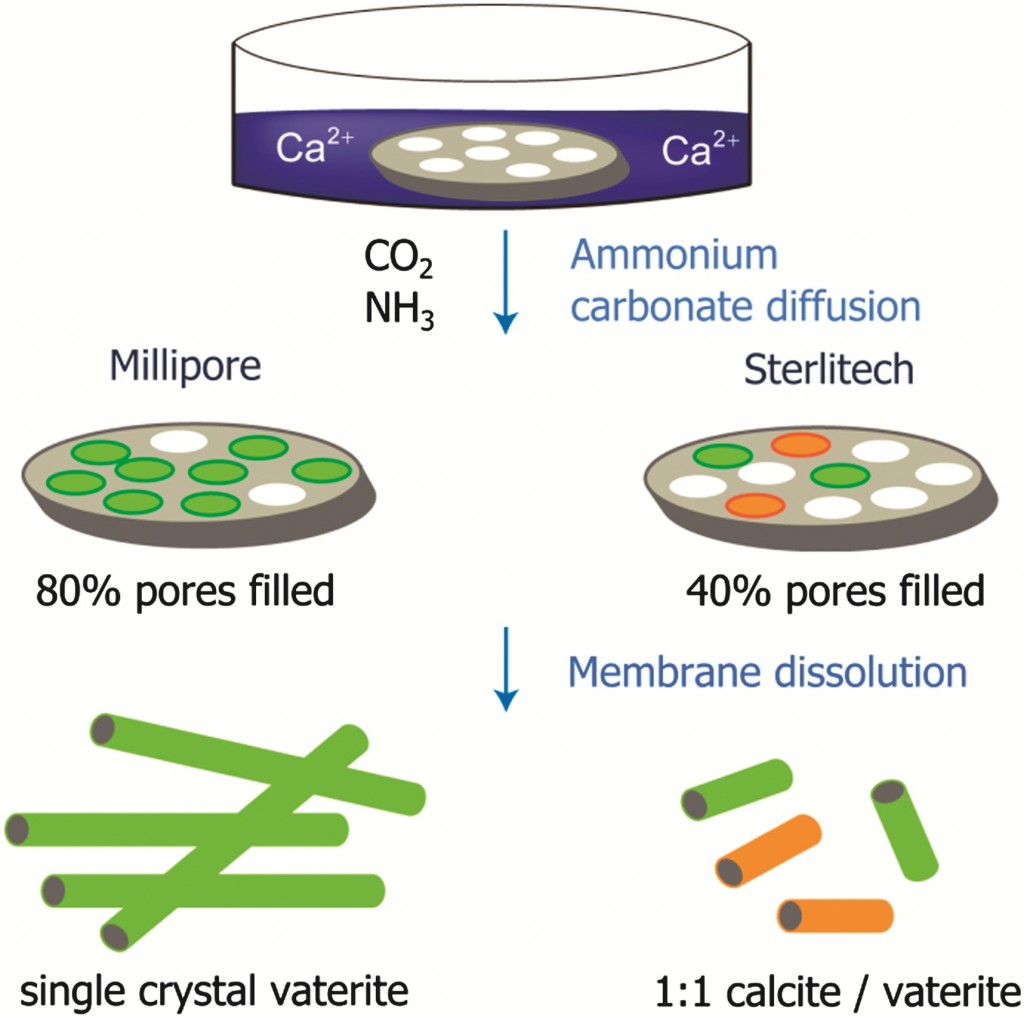


 On Wednesday evening, the 2014 RSC Haworth Memorial Lecture will be delivered by
On Wednesday evening, the 2014 RSC Haworth Memorial Lecture will be delivered by 
